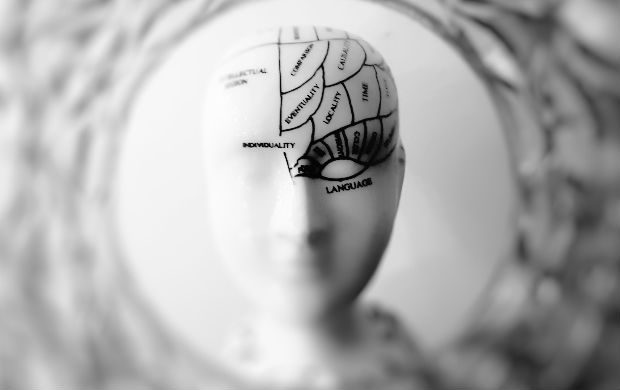As our life expectancy increases, so too does the level of age-related illnesses the population experiences. Alzheimer’s Disease is a devastating yet increasingly common condition affecting the elderly. For both patients and sufferers, the disease can be extremely challenging and difficult to deal with.
The rise in those suffering from this debilitating condition puts a strain on healthcare professionals. However, there is one thing which can improve the treatment of the condition and that’s technology. Here, we’ll look at why digital solutions are important in the care of patients with Alzheimer’s.
What is Alzheimer’s Disease?
Alzheimer’s Disease is a physical brain disease and it’s the most common cause of dementia. There are literally billions of connected nerve cells within the brain. A patient who has Alzheimer’s loses the connections between the cells, caused by protein build up. They also don’t have as many chemical messengers in the brain, which means signals cannot be passed on easily.
It’s a progressive disease which worsens over time. Memory loss, problem solving, vision loss and misplacing items are all symptoms of Alzheimer’s Disease. It’s estimated that over 520,000 people suffer with the condition in the UK and it’s only set to rise.
What challenges does the condition present?
Despite how common Alzheimer’s Disease is in the UK, there are numerous challenges faced in the treatment of the condition. There’s a lack of awareness and support for the disease, treatments can also be inadequate. Insufficient funding is another major challenge the healthcare profession has.
The costs of treating the condition are high and the NHS is notoriously suffering from a lack of funding. However, the government has recently pledged to plunge more money into the NHS system, which should in turn help those suffering with Alzheimer’s Disease.
How can technology help?
Although there is still a lack of funding and treatment options available to those suffering with the condition, technology is proving beneficial. It can help to fast-track diagnosis, helping with EPR (Electronic patient record) in hospitals. It also provides crucial patient data in real time to healthcare professionals. This can speed up the treatment process, as well help to avoid potential risks and complications. Many healthcare providers now also use EMR revenue cycle management software to track billing and other revenue channels. This is important as Alzheimer patients are usually unable to manage these things themselves, so it helps families to manage their loved one’s finances on their behalf during their treatment. Then of course, there’s the research possibilities technology provides, moving forever closer to finding more treatment options.
Technology can also help patients suffering with the disease. They can use smartphone apps to help boost their memory, as well as use technology to keep them safe.
Overall, Alzheimer’s Disease is a devastating condition which puts a strain on patients, their families and healthcare professionals. As the disease continues to affect more and more people, technology can be used to help speed up diagnosis and treatment, while also find new methods to treat the condition.








